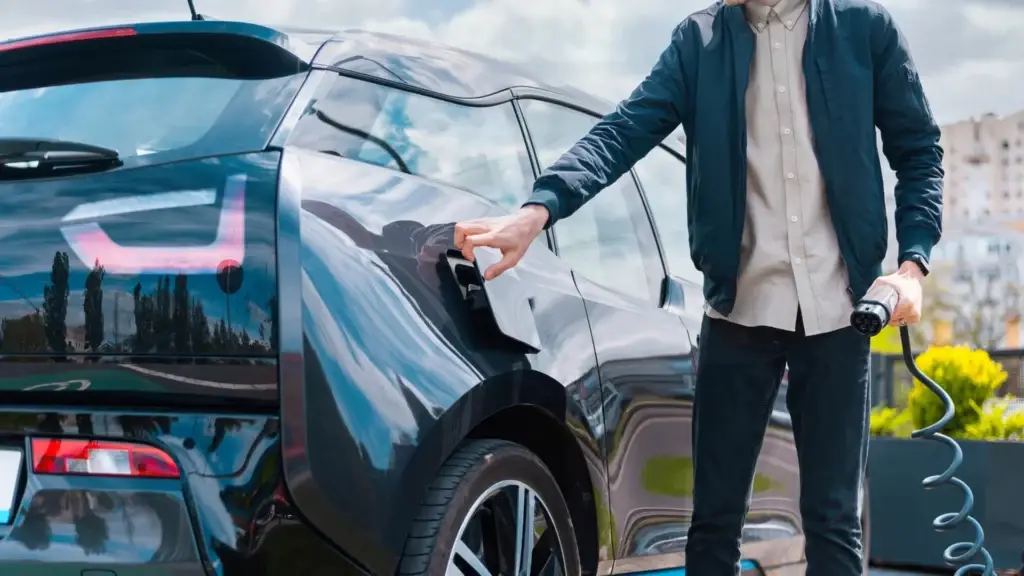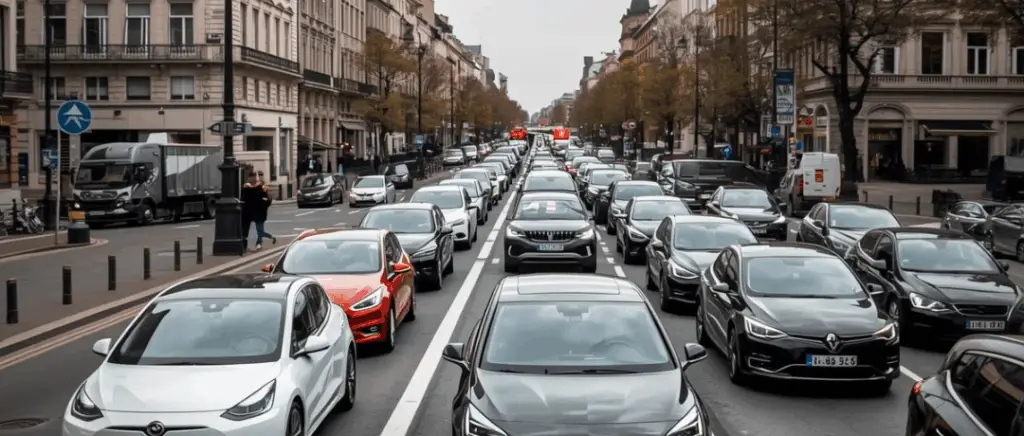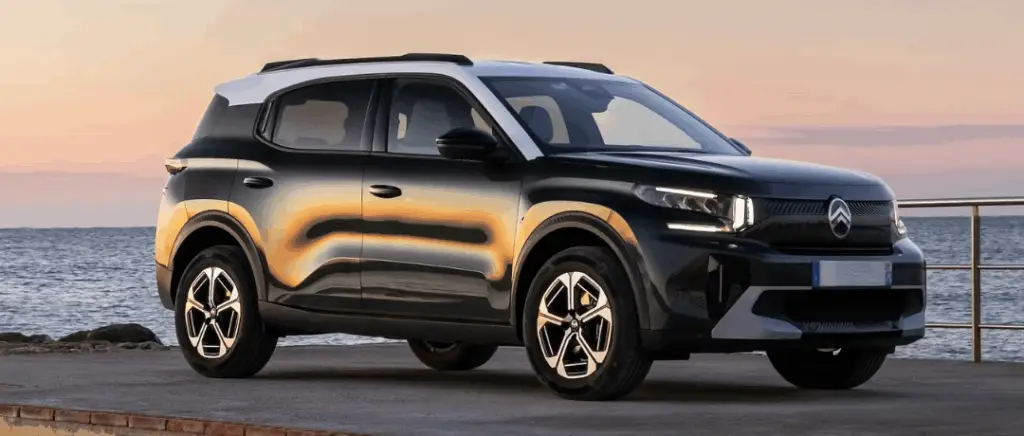Our experts answer your questions with a smile
Monday to Friday 9am - 12.30pm - 2pm - 7pm
The foundations of eco-driving for electric cars
The main advantage of practising and mastering the eco-driving method will be the savings this method will bring in terms of energy consumption of the electric car.
Eco-driving is a particularly effective method of reducing the energy consumed by your electric vehicle and significantly reduce the energy costs associated with the use of electric cars.
In addition, eco-driving will also result in more ecological driving. Optimising and reducing the energy used by the electric vehicle will help to develop reflexes in favour of the environment. energy sobriety and therefore more respectful of the environment.
Read also : 8 tips to reduce the energy consumption of your electric car
Raising employee awareness of eco-driving
Now that we've covered the main benefits of eco-driving, it's time to talk about raising employee awareness of this method.
First of all, as managers, it's relevant for you to present the electrification of the company fleet and the acquisition of electric cars as an important step in the right direction. long-term investment to your employees.
Expose your employees to the motivations behind the switch to electric vehicles will ensure better understanding of the project and, at the same time, will better adhesion to it.
Read also : Benefits in kind and company electric vehicle
Describe to your employees the benefits that eco-driving represents is the key to raising awareness and getting them to adopt more responsible driving practices. In addition, it is important to bear in mind that eco-driving is not an isolated act, but should instead consist ofadapting your behaviour over the long term.
The principle of eco-driving is as follows adopt more environmentally-friendly driving habits and adopt them on a daily basis, for every journey in an electric car.
In addition, it is important to communicate the importance of looking after your company electric vehicle. This includes regularly checking tyre pressure, brake fluid and coolant levels and topping them up or replacing them if necessary.
On the whole, it's simply a matter of keeping an eye on the condition of the company electric car in general, and carrying out any necessary maintenance.
Read also : How do you maintain your electric car?
The ecological benefits of eco-driving
For employees who are sensitive to environmental issues and responsible practices, it is worth pointing out the advantages of eco-driving in terms of ecology.
In fact, according to a study carried out by Transurban, an Australian company specialising in transport infrastructure management, practising eco-driving on a daily basis saves reduction in CO2 emissions of at least 5.5%.
Moreover, this statistic can easily increase depending on certain parameters, such as the nature of the journeys made or the model and size of the electric car.
In this way, if your employees use their company electric car mainly for journeys in urban areas, their energy consumption will be fairly low. moderate.
For example, if your employees have a electric city car function, just like the Peugeot e-208With a fuel consumption of 15.3 kWh/100 km, this is still relatively low. reasonable.
Read also : Electric city cars: all models available by 2022
On the other hand, if they usually make long-distance motorway journeys, their energy consumption will be much higher.
According to a study conducted by the Purdue Universityin Indiana, USA, motorway journeys considerably increase the energy consumed by the electric car.
The safety benefits of eco-driving
In addition, practising eco-driving reflexes will encourage employees to be extra vigilant when at the wheel. They will attach more importance to controlling their driving and the speed at which they drive, while taking care to limit their speed.
For motorway journeys, thehe ideal speed to maintain will therefore be between 100 km/h and 110 km/h for an electric vehicle, which will also have the added advantage of optimising its autonomy at the most.
This will make it easier to anticipate traffic, leading to safer driving and, consequently, a reduction in the risk of accidents. reduced risk of accident of the road.
According to government statistics on road safetySpeed is a major factor in road accidents and, as such, is a major cause of accidents. accounts for around 27% of fatal road accidents.
In this way, the investment represented by the electrification of the company fleet will pay for itself more quickly, with a fewer potential accidents thanks to more vigilant driving.
In addition, eco-driving will result in lower recharging costs thanks to optimised energy consumption.
The economic benefits of eco-driving
Eco-driving will help you to save on refills by reducing the frequency of recharging, thereby cutting the cost of recharging the fleet of electric cars.
In addition, reducing the frequency of recharging will have the advantage ofoptimise both the autonomy and the lifespan of the battery electric.
In addition, it's important to choose the right model of electric vehicle for the nature of your business trip, to save money on your company electric car. For example, it's a good idea to opt for compact models, such as the electric city cars as the Renault Megane E-Tech or the Peugeot e-208 for urban journeys. Similarly, for medium- to long-distance journeys, you'll need to opt for more powerful models with greater range, such as the Electric SUVsas the Kia Niro EV or theOpel Mokka-e.
Read also : The profitability of an electric car
Lease an electric car
Communicating eco-driving within the company
In order to ensure that the eco-driving approach is successfully completed, it is important to ensure the following effective communication within your company. To do this, you may want to consider drafting and distributing a eco-driving charter with the aim of ensuring that more virtuous driving practices are respected and applied.
There are also eco-driving training courses you can invest infor your employees. What's more, the cost of this training will quickly pay for itself thanks to the return on investment generated by eco-driving, once it has been mastered and adopted on a daily basis.
The savings generated by the introduction of eco-driving will therefore increase the company's budget. In this way, it will be possible to reinvest part of the funds for the benefit of employees, to increase their benefits or their day-to-day comfort within the company, for example.
This prospect will be another way of motivating employees to practise eco-driving, if the benefits are directly accessible. Similarly, if employees fail to comply with the eco-driving rules in force, it will be possible, for example, to withdraw some of their benefits in return.
What's more, once the regulatory framework for eco-driving has been put in place, it is important to maintain these rules and practice them over the long term. To do this, it is important to maintain a dialogue on eco-driving within the company, by communicating on it regularly.
It may therefore be worth asking your employees questions about their eco-driving practices. For example, you could ask them about the eco-driving practices that were the most difficult to put in place, or those that they feel were the most effective in reducing the energy consumption of their company electric vehicle.
The idea is simply to maintain a dialogue about eco-driving within the company itself, to ensure that the practice flourishes and lasts.
In conclusion
Eco-driving has a dual scope. It consists of a set of reflexes to be adopted on a daily basis in terms of driving, allowing you to benefit from considerable ecological, economic and safety advantages.
So if you're a company, it's important to make your employees aware of the virtues of driving their company electric car on business trips. This involves committing the environmental responsibility employees by explaining the various benefits of practising eco-driving on a daily basis.
In addition to the numerous advantages for the company, there are also benefits for employees, stemming directly from eco-driving. Eco-driving will improve the driving experience for employees, while guaranteeing their safety when they use their company electric car for work-related journeys.
































